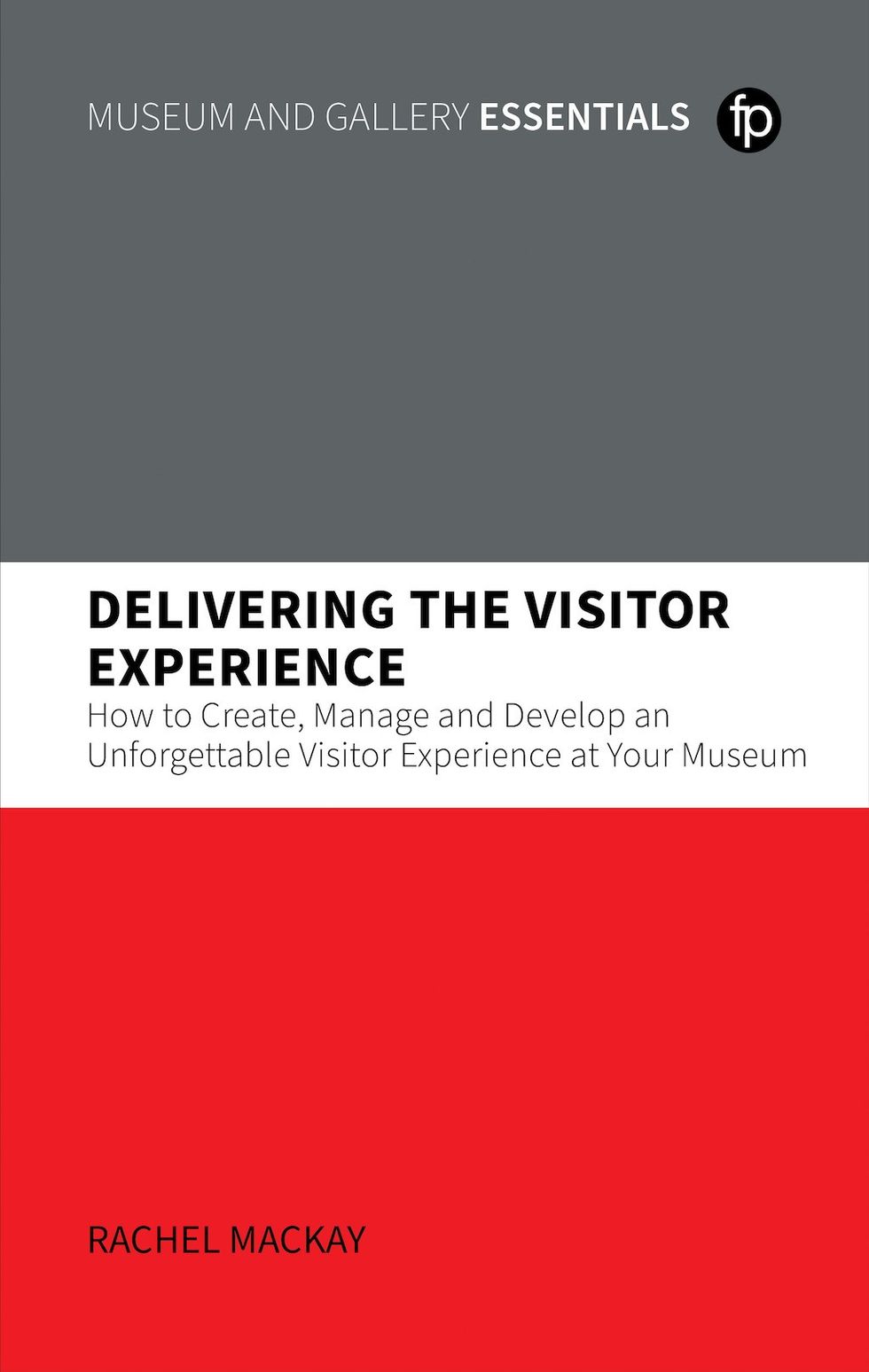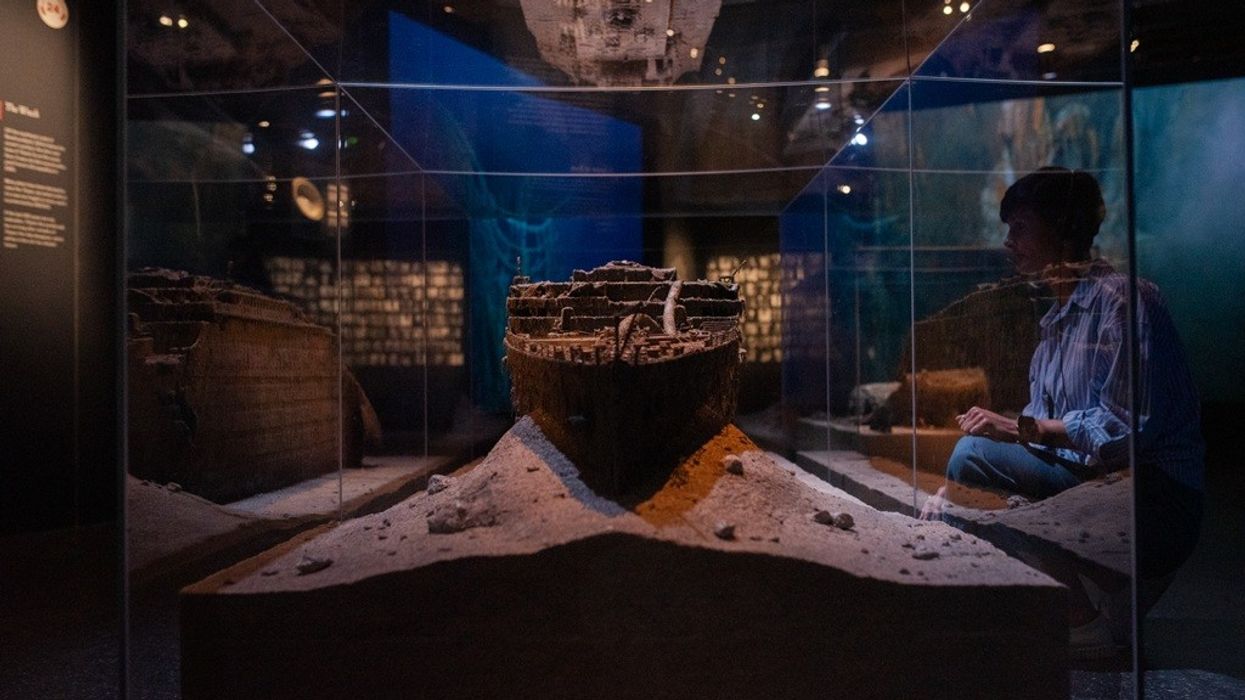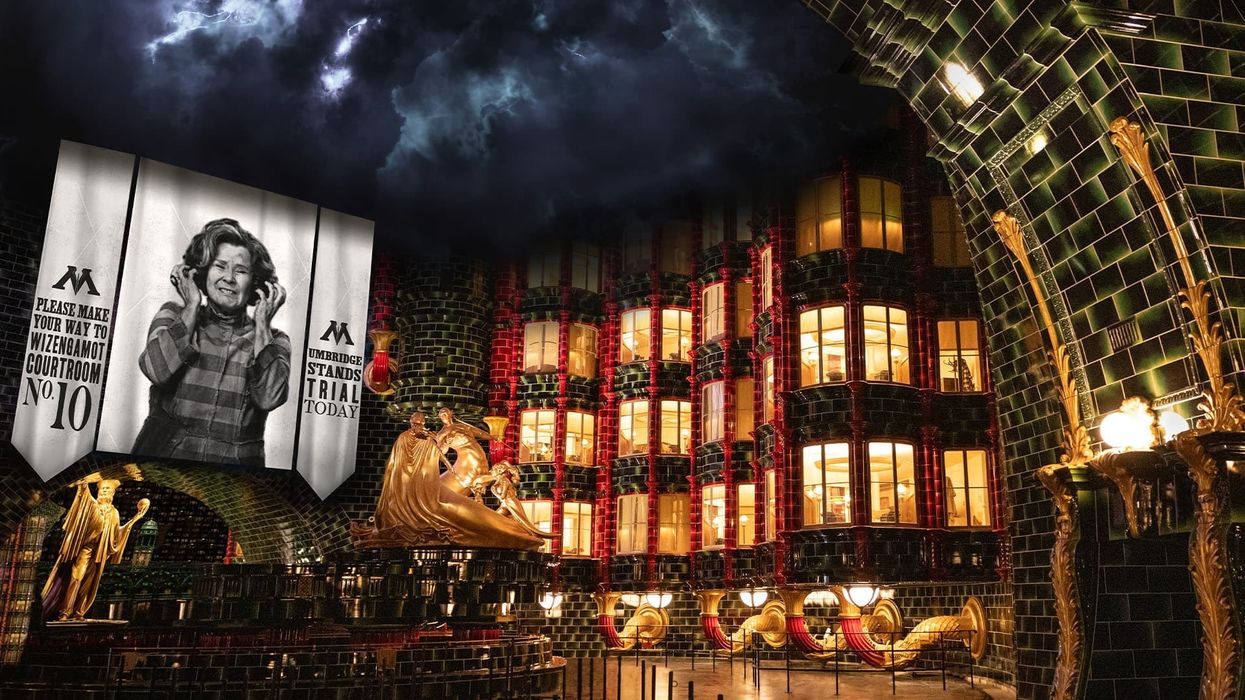Blooloop is sharing exclusive extracts of a new book from Rachel Mackay entitled Delivering the Visitor Experience. The book discusses the process of delivering a visitor experience from beginning to end.
In the first part, Mackay delved into the topic of Creating the Visitor Experience. In the second part of the book, Mackay moves into examining the real meat of delivering the visitor experience: the day-to-day management of an operation and a team. This section of the book covers topics such as operational procedures, guided tours, performance management and crisis management.
Managing the Visitor Experience
In this extract, we will explore one of the most important roles of the visitor experience manager: motivating a team.
We’ll look at different strategies and ideas, and we’ll use a case study from the Scotch Whisky Experience in Edinburgh to outline how to use the quiet periods of business to keep people engaged and passionate about their work.
Motivation
Team motivation is a critical skill for any visitor experience manager. That is why it’s such a common question in interviews! The truth is that working on the frontline can often be hard. In busy periods it’s full-on, overwhelming and physically demanding. And, in quiet times the day can go slower and lethargy can set in. Longer term, staff working on the frontline can become restless without new goals to aim for. All of these circumstances require different approaches to motivation.
During busy periods, teams can lose motivation if they feel they aren’t being supported, or if the operational set-up is lacking in some way. When I managed a team at the Natural History Museum, I held Peak Period Briefing and Peak Period Review meetings. That ensured that we were capturing all feedback and that teams could see the steps we were making to ensure they had everything they need for the busy period, whether that meant increased staffing or more crowd control barriers.
It’s also important for back-of-house colleagues to be present for those really busy times. Often, busy periods like school holidays coincide with times when many back-of-house staff take leave. This can increase feelings of being unseen and under-appreciated among front-of-house teams. For those still on site, and particularly for senior managers, it’s important (and extremely valuable) to spend time on the floor with your team experiencing the highs and lows of peak-period operations.
Peer-to-peer recognition
To increase that feeling of being valued, peak periods are a good time to run a peer-to-peer recognition scheme. For example, when staff nominate their colleagues for good work on the floor. This can be themed to the museum values for that extra bit of organisational connectivity. But even if it isn’t, just reading a nice comment from a colleague that recognises some hard work you did really makes the difference to a busy day.
I know, because I still have all of mine from when I worked front of house many years ago! I implemented something similar when I was at Kew Palace. It was really lovely giving them out and watching the hosts read compliments from their colleagues.

In contrast, during quiet periods, teams have the time and energy to be challenged and driven forward in their development. So, it’s the perfect time to introduce new projects. The case study below will show how the Scotch Whisky Experience utilises those quiet periods to drive staff engagement.
For longer-term motivation, so much depends on the individual relationship between the employee and the line manager. Only by really understanding someone’s goals and interests can you tailor the development that is going to keep them high-performing and happy in their role; even if that means they will move on to something bigger and better eventually.
Managing the Visitor Experience: a values-based approach to motivation at the Scotch Whisky Experience
Susan Morrison, CEO of the Scotch Whisky Experience, runs a visitor attraction owned by the Scotch whisky industry in the centre of Edinburgh. During the high season, Edinburgh is extremely busy with tourists. But in January, February, November and early December, the attraction is a lot quieter, and there is more need to motivate the team and keep them engaged.
‘What we’ve tried to do is hang everything around our values’ Morrison explains. ‘We are a business that constantly refers back and talks about our values with the team.’
The values of the Scotch Whisky Experience are:
- authenticity – a natural character
- people – a warmth of spirit
- passion – a powerful blend of enthusiasm and devotion
- learning – a thirst for knowledge
- excellence – a raising of the bar
- fun – a double measure!
Authenticity
‘We’re very open with the staff’ explains Morrison. ‘So, we present strategy to them at the beginning of the year, which is obviously the quieter season. We make sure all the staff, from housekeeping to bookings, facilities to operations, get a chance to attend these sessions, just to get everyone on the same page.’
Although many organisations share this sort of information with staff, many organisations do this at the start of the financial year – which obviously coincides with the school holidays. Often, Finance and HR processes dictate the museum calendar. The Scotch Whisky Experience shows how much more valuable these sessions can be at a time when frontline teams have the bandwidth to properly engage with the material.
People
The Scotch Whisky Experience also uses quieter times to drive forward the development of its people.
‘We let the staff do a lot of projects during the low season’ Morrison says. ‘One of the team is very interested in marketing. He came up with a campaign for locals; the “Under your nose” campaign; a brilliant idea that we ran with. He helped the marketing team roll out this campaign, which we wouldn’t have had, had the team not been encouraged to undertake low season projects.’
Another example shows that this development doesn’t necessarily need to remove staff from the floor. Rather, the team take advantage of the decreased visitor numbers by multitasking. ‘We will ask some of the team to write blogs to give marketing additional content. It’s something you can do at the box office if there are no visitors, so there are some projects that can be done whilst they’re actually in position on the floor.’
These projects are voluntary. But if the team want to develop their talents in particular areas, they are welcome to use the downtime afforded by the low season to do so.
The Scotch Whisky Experience has also adjusted performance review timetables to take the seasons into account:
‘For the frontline departments that are very busy in the higher season, we try to get our reviews done in the quieter periods, which is just sensible, but it is also motivating because it gives individuals time to think about what they want to get out of their review. It’s a much more relaxed atmosphere for the reviewer and the reviewee at this time of year and it makes the review far more productive and beneficial for all.
'They’ll even get more of a chance to work on objectives or undertake a bit of training that’s come out of the review.’
Passion
The formal training programme for frontline staff at the Scotch Whisky Experience provides them with everything they need to know. But what excites Morrison is seeing that spark igniting into a flame as staff head off in their own time to learn more about the industry. Frequently, staff take holidays in order to visit distilleries on their own bringing back more knowledge and more enthusiasm to the team.
Managers do what they can to encourage this, as Morrison explains:
‘We’ll facilitate visits by picking up the phone and letting distilleries know that a member of the team is visiting, so they get well looked after, but it’s their own time and money, which is amazing.’
Learning
In terms of learning, Morrison says contacts within the whisky industry are an excellent and inspiring resource. The Scotch Whisky Experience can call upon these contacts during quiet periods.
‘Our industry shareholders and stakeholders afford us access to amazing expertise. We will run sessions for the team with master blenders and master distillers, the celebrities of the industry, in the quieter period. It’s motivating to have these whisky celebs come in and talk – not only is their expertise invaluable but their passion is infectious.’
Excellence
During the low season, the management team will also send staff out to undertake benchmarking exercises at other Edinburgh attractions, not just to look for good ideas that can be used in the business but also to improve the team’s local knowledge to better assist visitors. There is also time for the staff forum to go through mystery shopper reports.
‘They make sure they communicate all the good stuff to ensure we’re celebrating the wins, as well as dealing with any actions.’
Fun
‘Our last value is fun, and that’s important’, Morrison explains. ‘It’s important that the customer is having fun, without a doubt. But it’s really important that the staff have fun too, because that impacts the customer experience. So, amongst other things, we have an absolutely rigid programme of pre-season and post-season parties.
'The pre-season party takes the form of team games and challenges and serves as a great way for all the staff in all departments to get to know each other in advance of the high season. The post-season party is a glitzy, glamorous affair, and it’s more of a thank you. We run an award ceremony followed by a three-course meal served in our Amber restaurant.
'The leadership team run the entire event. We cook (we have a chef on the leadership team), serve and clear up as well as hosting the award ceremony. It never fails to amaze me how motivating it is for the team to see us cook, serve dinner, and then wash up the dishes whilst they’re enjoying themselves in the bar.’
The Scotch Whisky Experience is such a great example of how taking the lead from your organisational values can help drive performance management. Rather than seeing the low season as a time they have to get through, Morrison and her team use it as an opportunity to drive development and engagement in a positive way.
The business calendar
Perhaps the biggest lesson in managing the visitor experience to come out of this case study is the way Morrison has reshaped the business year to fit with the high and low seasons, moving financial updates and performance reviews away from the times that traditionally fit with Finance and HR processes in favour of times that work better for delivery teams.
In fact, it was having access to a different sector that inspired that change, as Morrison explains:
‘What really hammered it home for me was being out and about with the distillers. Traditionally distilleries have a silent season when there’s less water available (distilleries need a lot of water), so this is usually July. That means the distillery is not operating at this time and general maintenance is undertaken. But that’s also when a lot of visitors want to visit. I used to think that was crazy; absolutely crazy from the visitor experience side.
'A lot of them have since managed to change this, but that’s what first made me think, why on earth would we be doing some of our essential processes at a time that’s not right for the business? Seeing this happen in another industry made me realise we do a bit of the same in our own business. We do these things at really bad times because it fits with our business processes.’
So, have a look at your traditional business calendar. By placing the delivery teams and the visitors front and centre, you could turn your quiet period into an opportunity for development and engagement, and ultimately positive performance management.
To preorder Delivering the Visitor Experience: How to Create, Manage and Develop an Unforgettable Visitor Experience at Your Museum by Rachel Mackay, please click here. Customers in the US or Canada can pre-order from the ALA here. Customers in New Zealand or Australia can pre-order from Routledge here. Blooloop readers can save 25% on the paperback edition by entering the code VISITOR25.
To read part three, please click here.










 TM Lim and Adam Wales
TM Lim and Adam Wales









 Toby Harris
Toby Harris Hijingo
Hijingo Flight Club, Washington D.C.
Flight Club, Washington D.C.
 Flight Club Philadelphia
Flight Club Philadelphia Flight Club Philadelphia
Flight Club Philadelphia Bounce
Bounce Hijingo
Hijingo Bounce
Bounce
 Fernando Eiroa
Fernando Eiroa











 Nickelodeon Land at Parque de Atracciones de Madrid
Nickelodeon Land at Parque de Atracciones de Madrid Raging Waters
Raging Waters  Mirabilandia's iSpeed coaster
Mirabilandia's iSpeed coaster Parque de Atracciones de Madrid
Parque de Atracciones de Madrid Ferracci at the ribbon-cutting ceremony for Nickelodeon Land at Mirabilandia, with (left) Marie Marks, senior VP of global experiences for Paramount and (cutting the ribbon) Sabrina Mangina, GM at Mirabilandia
Ferracci at the ribbon-cutting ceremony for Nickelodeon Land at Mirabilandia, with (left) Marie Marks, senior VP of global experiences for Paramount and (cutting the ribbon) Sabrina Mangina, GM at Mirabilandia Tropical Islands OHANA hotel
Tropical Islands OHANA hotel Elephants at Blackpool Zoo
Elephants at Blackpool Zoo  Tusenfryd
Tusenfryd
 Andrew Thomas, Jason Aldous and Rik Athorne
Andrew Thomas, Jason Aldous and Rik Athorne







